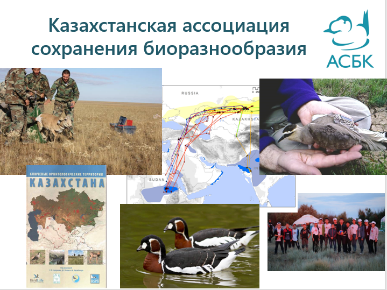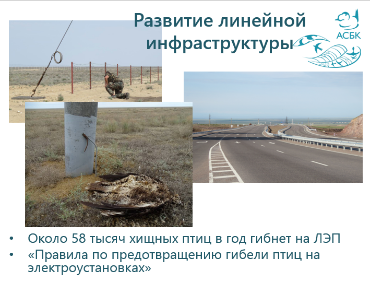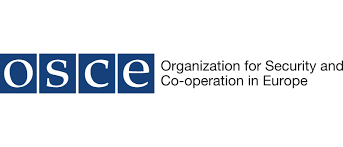Seventh webinar «Biodiversity — the Basis of Prosperity of Kazakhstan: Challenges and Solutions» took place at DKU


On June 30, 2020, a webinar on «Biodiversity — the Basis of Prosperity of Kazakhstan: Challenges and Solutions” was held within the framework of a series of webinars on key environmental issues of Kazakhstan.
The initiators of the discussions are Kazakh-German University together with the private foundation Dosym Satpayev, with the support of the OSCE Centre in Nursultan, Friedrich Ebert Foundation in Kazakhstan, and online eco-magazine LIVEN. Living Asia.
The webinar consisted of two components: the first — presentations from environmental experts and the second — discussion and answers to questions from participants.
During the presentations, information was presented on the main problems of biodiversity in Kazakhstan, caused by both natural cataclysms and anthropogenic influences. Recommendations and proposals were also made to address existing problems.
«One of the key factors of anthropogenic character influencing the biodiversity of Kazakhstan is the illegal trade in animals and plant world (commercial poaching). The main species involved in illegal trafficking of animal life objects and exported from Kazakhstan are sturgeon, falcon, saiga and turtle. Kazakhstan is not only a consumer, but also a transit country. This is an international problem, as one country can't cope with it, it is necessary to work together. The next factor is the development of linear infrastructure. About 58 thousand birds of prey per year are killed on power lines. Another factor is the dangerous development of tourism without calculating the permissible load on a specially protected natural area.” — Mr. Sklyarenko Sergey Lvovich, Ph.D. Deputy Executive Director, Director of the Center for Applied Biology of the Kazakhstan Association for Biodiversity Conservation (ASBC)



Figure 1 Presentation by Mr. Sklyarenko Sergey Lvovich, Ph.D., Deputy Executive Director, Director of the Center for Applied Biology of the Kazakhstan Association for Biodiversity Conservation (ASBC)
«Unfortunately, we pay little attention in general to the preservation of biodiversity. There are many actions, but they are disparate, there is no single program, there are no clearly marked problems in the region. The ecosystem approach in the world has been adopted and is the most significant direction when we do not consider individual species individually, but all species are integrated into a single system, because all subsystems are interconnected and provide life both to different objects of ecosystems and to human beings in general.” — Ogar Natalia Petrovna, PhD, Academician of NAS RK
«In order to maintain life on Earth, it is necessary to preserve natural ecosystems as much as possible and this is the main function of environmental departments, ministries, ecologists. Unfortunately, we do not have programs aimed at maintaining sustainability of ecological systems. Ecosystem management is the key for integrating the goals of the economy, social and environmental (SDGs). In the Republic of Kazakhstan, ecosystem management is possible on the basis of river basins. The best form for ecosystem management is Basin Social Corporations (BSC). BSC set the main goal of social and environmental goals, involve all the population, business and state agencies, eliminate all the problems of fragmented, narrow and short-term approaches”, — Bulat Yesekin, International Expert on Sustainable Development
«This year ends the United Nations Decade for Biodiversity 2011 — 2020. In this regard, I would like to note the key problems in Kazakhstan, in my opinion. In the first place, Kazakhstan unfortunately lacks a national biodiversity strategy. The second is the concept of economic assessment of ecosystem services, which fundamentally changes our approaches applied generally in environmental impact assessment. We have this process under the old approach, without regard to economical damage. Because of this, we have problems in the management of the cadastre, the determination of damage to the environment as a result of production activities. Further, as a result of the lack of a national biodiversity strategy, there are no medium — term programs, for example, in the area of special protected natural areas (protected areas), forest fund, which should contribute to improving management and infrastructure in the field.” — Kerteshev Talgat Seitovich, UNDP portfolio manager for projects in biodiversity.
Webinar recording is available at link.
For more information, please contact: Maria Genina, Kazakhstan-German University, genina@dku.kz
With support and in partnership with:


